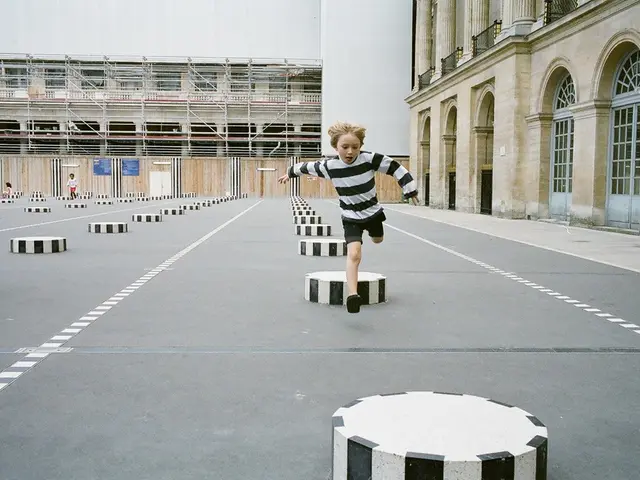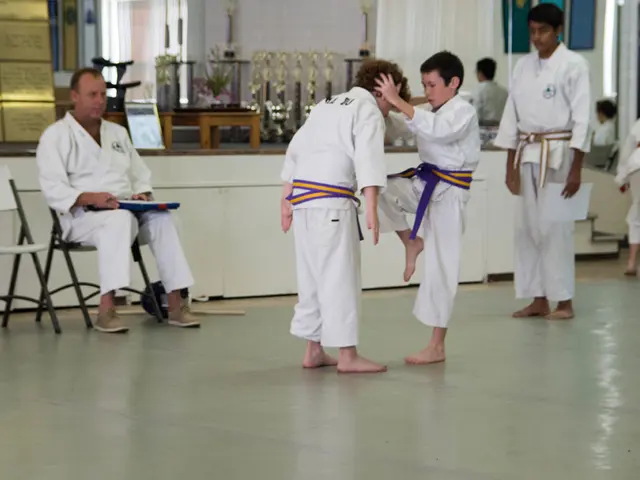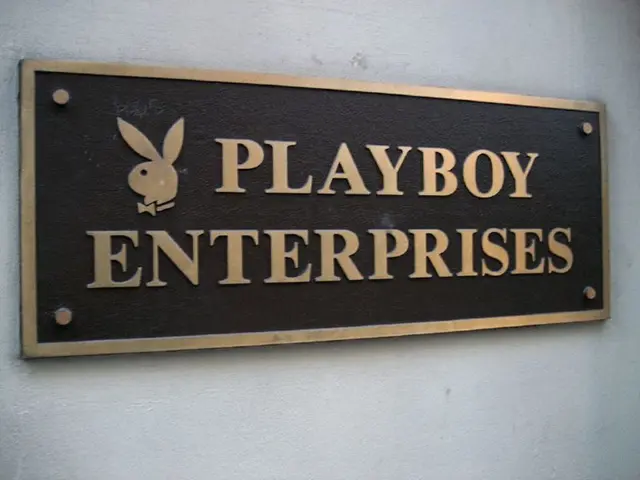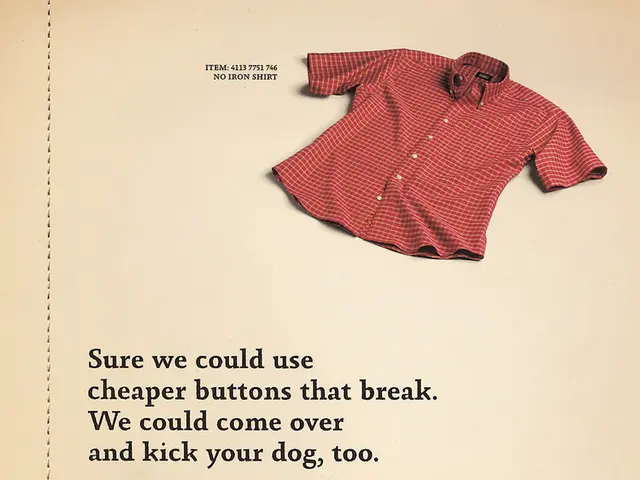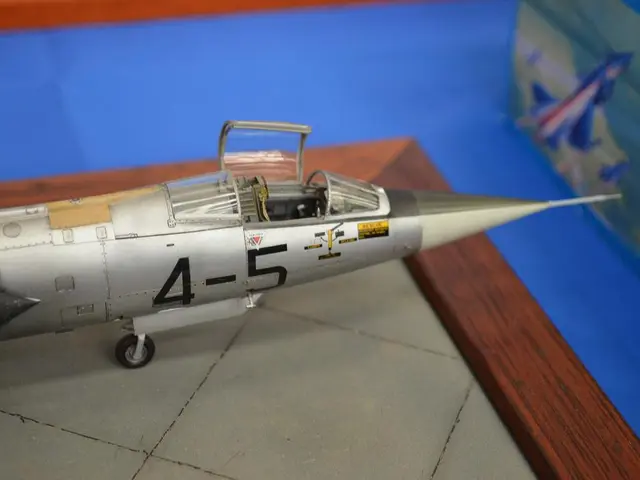Exploring the Art of Mishaps at a Kid's Discovery Center
Failure, once seen as an impediment to success, is increasingly being celebrated as a crucial step towards learning in children's museums.
In an era where pressure to conform and perform is intensifying, these institutions offer an alternative approach - a supportive environment where it's acceptable and even beneficial to make mistakes. This approach is rooted in the belief that failing leads not to setbacks, but to opportunities for growth.
At Museo dei Bambini, children are invited to explore, experiment, and sometimes fail. The idea isn't to set them up for failure, but to create conditions that nurture resilience, creativity, and confidence. The famous psychologist Jean Piaget once said, "Children have real understanding only of that which they invent themselves." This sentiment encapsulates the essence of the experiences offered at children's museums.
Understanding the pivotal role that failure plays in learning, these museums artfully design exhibits that offer built-in chances for trial, error, and revision. These aren't just entertaining activities but carefully crafted learning environments that foster persistence and deep thinking.
For instance, the Domino Drop exhibit encourages children to line up oversized dominoes, making adjustments after initial misjudgments. The Cause & Effect area provides an open-ended space for creating complex chain reactions, where most attempts don't work initially. The Kinetic Jams exhibit is replete with false starts, teaching children about systems and their workings through trial and error. The Ball Ramps let children construct ramps and test different heights, angles, and surfaces, helping them grasp the principles of force and motion. Lastly, the Wind Tunnel exhibit offers a realm for testing shapes and understanding physics principles firsthand through lessons drawn from failures.
Science substantiates the benefits of learning through failure, particularly in early childhood when neural plasticity is high. Children develop executive functions such as working memory, inhibitory control, and cognitive flexibility by facing and overcoming challenges. Research shows that failure can activate the brain's anterior cingulate cortex, a region associated with attention and error detection.
Moreover, failure doesn't only foster intellectual growth; it also builds emotional resilience. According to research, children develop adaptive responses to stress through manageable challenges that include small failures and recoveries. Grit and perseverance, traits linked to success in adulthood, are developed early in life through effortful learning experiences, especially when things go wrong.
In a children's museum setting, the adult's role is not to intervene but to observe, support, and ask guiding questions that help children reflect and learn from their mistakes. museum staff are trained to recognize when a child is in the "sweet spot" - stretched but not overwhelmed - where real learning occurs.
Parents noticing their children's increased persistence and resilience in these failure-friendly spaces express delight. One parent shared, "My son spent 20 minutes trying to make the ball hit the bell...He screamed with joy when he finally got it."
Museums provide a low-stakes, high-choice environment that differs significantly from school settings, often emphasizing right answers and time limits. Children's museums, on the other hand, trust in the child's ability to learn through experience and view play as serious intellectual work.
Parents and caregivers can encourage healthy risk-taking and learning from failure at home by valuing the process over the product, asking reflective questions when something goes wrong, sharing their own mistakes and what they learned, and creating time and space for open-ended play without specific goals.
Ultimately, failure in children's museums is not viewed as a flaw in learning; it's a feature. These spaces offer children the opportunity to get things wrong, ultimately discovering their own power to persist, adapt, and grow. As educators, parents, and designers of learning environments, our job is not to shield children from every fall, but to ensure that the floor is soft enough for them to get up stronger.
In Museo dei Bambini, where learning and personal growth are fostered, children are encouraged to explore, experiment, and at times, make mistakes, using failure as an opportunity for resilience, creativity, and confidence building. The various exhibits, such as Domino Drop, Cause & Effect, Kinetic Jams, Ball Ramps, and Wind Tunnel, purposefully offer built-in chances for trial, error, and revision, cultivating persistence and deep thinking in children as they grasp complex concepts through their experiences.


